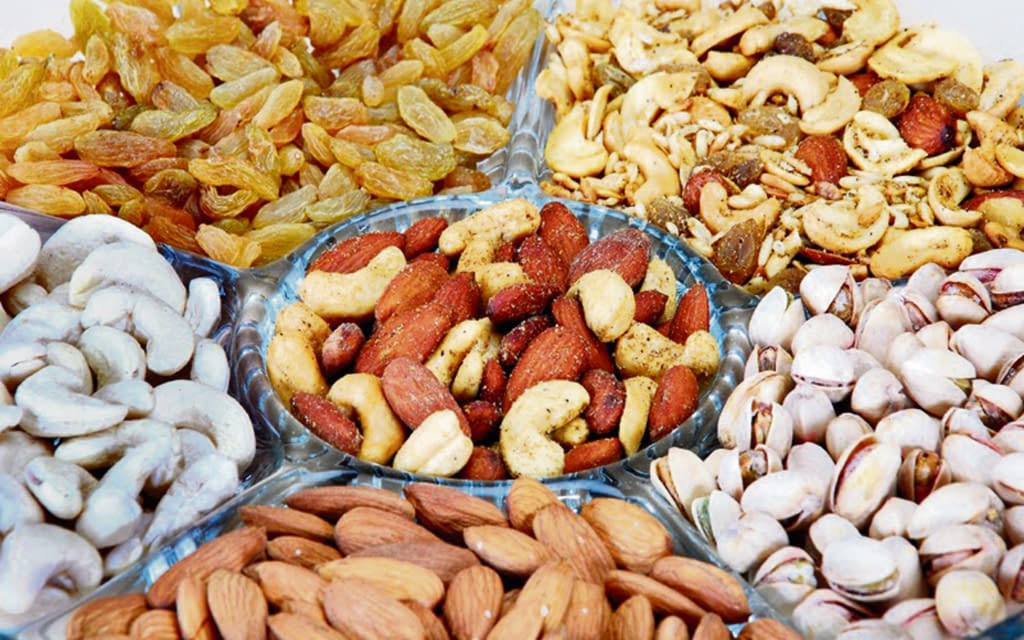Dry fruits have always been more than just food in Pakistan — they’re part of the country’s lifestyle, hospitality, and winter culture. Whether it’s almonds in milk, chilgoza pine nuts at gatherings, or walnuts in traditional sweets, dry fruits carry both health and heritage.
But as Pakistan’s economy evolves, so does this centuries-old market. In 2025, dry fruits are no longer just a seasonal luxury; they’ve become a global commodity influenced by international demand, currency exchange rates, and logistics.
One question Pakistani consumers often ask traders is:
“Why are dry fruits so expensive in summer? Shouldn’t they be cheaper when it’s hot?”
The answer, experts say, has nothing to do with the weather — and everything to do with economics.
Why Dry Fruit Prices Don’t Depend on the Weather
A leading dry fruit trader recently explained this clearly:
“Pakistani consumers often ask me why dry fruits remain expensive during the summer.
The simple answer is that prices do not depend on hot or cold weather. They are based on the rupee’s value, demand, and supply.”
Dry fruits are consumed worldwide throughout the year. Just because Pakistanis prefer them in winter doesn’t mean global buyers stop eating them in summer. In fact, in many countries, dry fruits are part of daily meals, snacks, and health supplements regardless of the season.
So, dry fruit prices in Pakistan are driven by exchange rate fluctuations, export trends, and regional crop yields — not by temperature.
Harvest and Fresh Supply Seasons
The trader further explained that the price movement also follows the natural harvest calendar:
“New stock of dry fruits starts arriving after August. Fresh crops are cheaper when they arrive.
Figs arrive in August, walnuts in October, and pine nuts and pistachios in November.”
This means prices vary with the crop cycle, not with the season of the year. When new harvests enter the market, prices drop temporarily, but they rise again as old stock runs low or exports increase.
Dry Fruit Price Situation in 2025
The year 2025 has brought major shifts in dry fruit prices in Pakistan. Some items have become cheaper due to weaker exports, while others have surged because of currency devaluation and import disruptions.
Below is a summary of the 2025 market trend, based on trader reports and wholesale market observations:
1. Figs (Anjeer)
This year, India did not import figs from Kandahar, which reduced international demand. As a result, fig prices in Pakistan dropped significantly.
Prices that were previously between PKR 3,000–5,000 per kg are now around PKR 2,000–3,500 per kg.
2. Pine Nuts (Chilgoza)
Chilgoza, the pride of Waziristan and Chitral, has seen lower export demand this year. Consequently, prices have fallen sharply — from PKR 16,000 per kg last season to PKR 5,000–8,000 per kg in 2025.
This rare decline provides some relief to domestic buyers, though exporters expect a rebound later if international demand picks up.
3. Dried Coconut (Khopra)
Coconut prices have increased due to disrupted supply from India. Sri Lankan coconuts are available, but they are even more expensive.
Last year, khopra was available for PKR 800 per kg; this year it sells between PKR 1,800 and 2,000 per kg.
Import restrictions and shipping costs have heavily impacted this category.
4. Pistachios (Pista)
Fresh pistachio stock has started arriving in Pakistan. Retail rates, which recently touched PKR 3,800 per kg, are expected to fall gradually to PKR 2,800 per kg within a month.
These rates apply to retail markets — wholesale prices remain slightly lower. Traders expect stability once the new Iranian and Afghan crops are fully available.
5. Walnuts (Akhrot)
This year, walnuts are expected to be more expensive than almonds, which is unusual.
At the moment, walnut kernels are selling at PKR 2,400 per kg wholesale, translating to about PKR 3,000–3,200 in retail markets.
Reduced yield in Gilgit-Baltistan and Swat has pushed prices up. Traders anticipate further increases as winter demand peaks.
6. Cashews (Kaju)
India produces some of the best-quality cashews in the world, where local prices are around PKR 400 per kg. Logically, Pakistan’s retail price should not exceed PKR 1,500. However, due to the suspension of direct trade with India, cashews now reach Pakistan via Dubai, where they are repackaged and taxed.
After paying around PKR 600 per kg in sales tax, shipping, and dealer costs, retail prices have surged to PKR 4,200–4,400 per kg, even for smaller varieties.
Vietnamese cashews are also available, often roasted and sold under Indian brand names. Their retail price currently ranges from PKR 3,400–3,800 per kg.
The global cashew trade shows how import barriers and taxation directly affect Pakistani consumers.
Currency: The Invisible Hand Behind Every Price
One of the strongest factors influencing dry fruit prices in Pakistan is the exchange rate.
Most high-demand items — almonds, pistachios, cashews, and raisins — are either imported or affected by regional trade rates. As the Pakistani rupee loses value against the dollar, importers face higher costs, and those increases pass directly to consumers.
Even when crops are local, exporters price their goods in dollars, which means domestic prices rise with global market shifts.
In essence, the rupee’s strength or weakness determines whether dry fruits become affordable or luxurious.
Trade, Exports, and Local Demand
Pakistan exports roughly USD 150–200 million worth of dry fruits every year, mainly to Gulf countries, China, and the UK. Balochistan, Khyber Pakhtunkhwa, and Gilgit-Baltistan remain the primary production hubs.
At the same time, local demand is growing, driven by health-conscious urban consumers and the fitness industry. Dry fruits are increasingly used in energy snacks, smoothies, and desserts.
This shift from wholesale markets to branded retail shows how digitalization is reshaping Pakistan’s traditional food economy.
Why Summer Doesn’t Bring Cheaper Prices
As the trader explained in simple terms:
“Weather has nothing to do with dry fruit prices. The global market operates throughout the year, and the prices depend on supply, demand, and currency value.”
While many Pakistani consumers reduce dry fruit consumption in summer, the rest of the world continues to buy it regularly. This means export demand remains constant even when domestic consumption dips — keeping prices stable or sometimes even higher.
So, the belief that “summer should mean cheaper dry fruits” is a myth. The real factors are economic, not climatic.
Future Prospects: Strength Through Sustainability and Branding
Pakistan’s dry fruit industry has vast potential if properly developed. To achieve long-term growth, the following steps are essential:
-
Modern Processing Units – Investment in machinery for cleaning, grading, and packaging to meet export standards.
-
Cold Storage Infrastructure – Prevent spoilage and maintain quality during transport.
-
Branding and Marketing – Promote “Made in Pakistan” dry fruits globally with proper labeling and certifications.
-
Support for Farmers – Training and subsidies to encourage sustainable orchard management in Gilgit, Swat, and Balochistan.
-
Trade Policy Reforms – Simplify import/export procedures and reduce unnecessary taxation on raw and processed dry fruits.
If these measures are implemented, Pakistan could emerge as a regional leader in premium-quality dry fruits, competing with Iran, Afghanistan, and India in global markets.
Conclusion: The Market Beyond Seasons
In 2025, Pakistan’s dry fruit market reflects the country’s economic pulse — sensitive to currency shifts, trade policies, and global demand. Prices rise and fall, but the appetite for almonds, walnuts, and pine nuts never fades.
From the mountains of Chitral to the bazaars of Quetta, every nut tells a story — of hard work, trade, and tradition. And as experienced traders remind us, heat or cold doesn’t decide the price — the market does.

Dr. H. Zafar is a distinguished writer and analyst associated with Press Network of Pakistan as Associate Editor. With a strong academic background and years of research experience, she brings depth, clarity, and analytical rigor to her writings.



